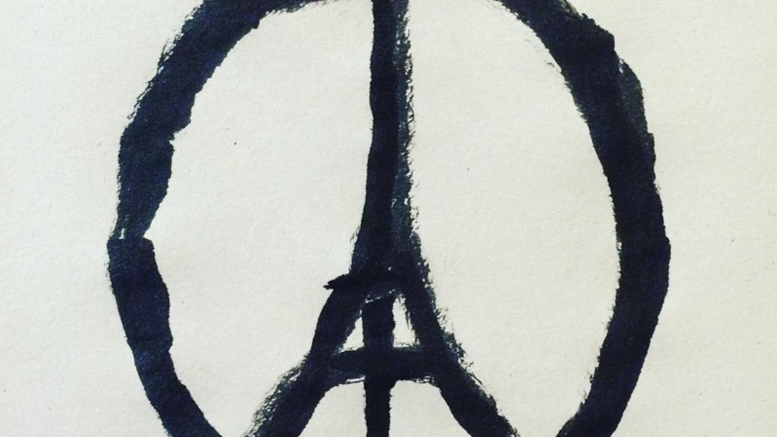I was at a workshop on the mind-body problem—where scientists and philosophers debated, among other questions, whether dark energy might be conscious—when reality intruded. Someone sitting beside me silently showed me his smart phone, which displayed a report that terrorists had struck Paris. Again.
The Islamic State of Iraq and Syria is suspected of involvement in the attacks, which killed 129 people. France and the U.S. immediately stepped up bombing of alleged ISIS targets in Syria, according to The New York Times. Some Republican Presidential candidates have demanded that the U.S. attack ISIS far more forcefully.
So what should the U.S. do? I am not an absolute pacifist. Sometimes violence is required to stop greater violence—both to defend ourselves and, more rarely, to defend others. Military force can be employed if it conforms to what I call the “end-of-war rule.” Two of the rule’s criteria are: 1) our violence will not make a bad situation worse; 2) there are no nonviolent options.
Will increased U.S. military intervention in Iraq and Syria make a bad situation worse? Recent history suggests that the answer is yes. The U.S. invasions of Iraq and Afghanistan have been catastrophic failures on every possible level, both for Americans and for the nonviolent Iraqis and Afghans we claim to be helping.
According to the reputable group Iraq Body Count, since the U.S. invasion of Iraq in 2003, 224,000 people, including at least 146,181 civilians, have died of war-related injuries. Between 2003 and 2011, U.S.-coalition forces were directly responsible for the deaths of 15,060 civilians, of whom at least 1,201 were children. Recent attacks by U.S.-coalition forces against militants in Iraq and Syria have killed as many as 1,550 civilians.
Moreover, U.S. militarism helped create ISIS. Bernie Sanders acknowledged this inconvenient truth in a recent Presidential debate. “The disastrous invasion of Iraq, something that I strongly opposed, has unraveled the region completely and led to the rise of al Qaeda and to ISIS,” Sanders said.
The international organization World Beyond War has proposed nonviolent options for responding to terrorism and other forms of violence. See its recent report “A Global Security System: An Alternative to War” at worldbeyondwar.org.
The ultimate criterion of my end-of-war rule is that military intervention should be employed in a manner consistent with our ultimate goal of ending war once and for all. Escalating U.S. force in the Mideast—far from taking us closer to world peace—would perpetuate militarism. Whenever the U.S. resorts to bombs and bullets to advance its agenda, it legitimizes the use of lethal force by others, including groups like ISIS.
One of the great ironies in debates about war and peace is that hawks view themselves as hard-headed “realists” and denigrate doves as soft-headed and delusional. The real delusion is thinking that U.S. military force—which over the last decade has exacerbated the terrible violence wracking the Mideast—can now dispel it.
John Horgan directs the Center for Science Writings, which is part of the College of Arts & Letters. This column is adapted from ones previously published on his ScientificAmerican.com blog, “Cross-check.”
